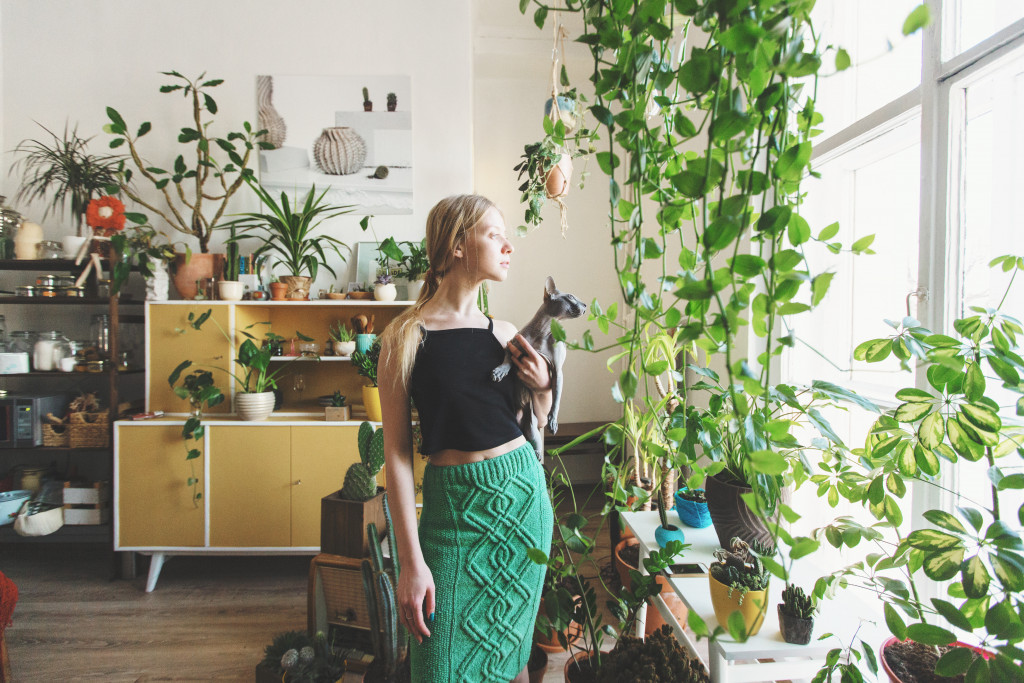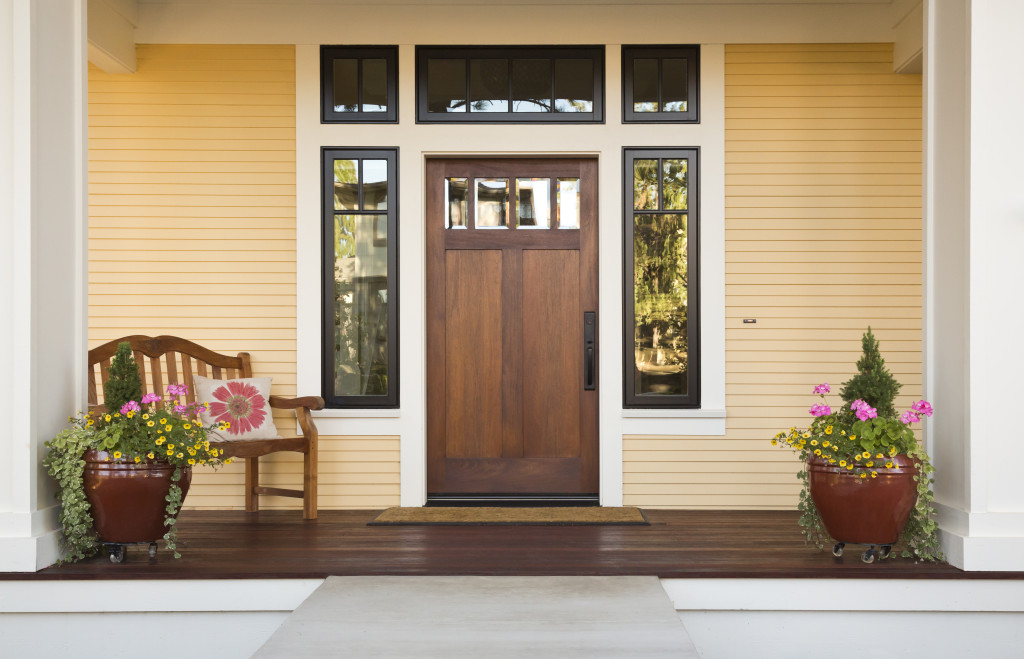The popularity of gardening has skyrocketed since the COVID-19 pandemic. With so much free time indoors, homeowners with expansive gardens are devoting their time and energy to growing plants, lawn care, and tree trimming and maintenance. In the first few weeks of the lockdown, gardening became a go-to quarantine activity and people are actually enjoying it.
As gardening became largely popular amid the pandemic, this gave way to gardening trends, which encouraged homeowners and gardeners alike to try out new and creative methods to grow a garden. One of them is indoor gardening, which found its niche among urban dwellers and renters. While gardening is largely known as an outdoor activity, indoor gardening addresses people’s desire (and boredom) to have their own garden right inside their homes.
Since more people these days are trying out indoor gardening, you may have heard a lot of unsolicited advice about houseplants. Often, these misconceptions are misconceptions about indoor plants, which have been too common that many people believe them without knowing whether they’re right or wrong.
We all want the best for our plant babies, so it makes sense to give them the care that’s completely legitimate and proven. In this article, we’ll be revealing the fictional side of houseplants and discover the real deal behind them.
Myth #1: Houseplants clean the indoor air quality
It is common knowledge that plants and trees have the ability to purify outdoor air through photosynthesis. They convert carbon dioxide into fresh oxygen and remove toxins from the air we breathe. There are also previous studies showing houseplants can do the same. While all these claims are true, it’s worth noting that researchers conducted these studies within a laboratory or controlled environment, and not in an office or house.
According to researchers from Drexel University, houseplants don’t actually purify indoor air enough to have an impact on the air quality of an indoor environment. The study concluded that natural ventilation is far better than houseplants when cleaning the air in offices and homes. The reason behind this is natural air weakens concentrations of volatile organic compounds (air pollution) faster than houseplants.
Another thing is that plants vary differently in their air-cleaning abilities. For example, the butterfly palm or areca palm is one of the best potted plants for cleaning the air. Pothos or devil’s ivy is also a great choice. Aloe vera, on the other hand, doesn’t improve the air, but it serves as an alarm system, where its leaves turn brown if the indoor air contains loads of toxins.

Myth #2: “Keep houseplants watered every day”
While regular water intake is important for survival and prevents dehydration, this rule is not always applicable for all living things, particularly houseplants. Plants need water to survive, but it doesn’t mean you have to keep them hydrated regularly. This is one of the most common mistakes that plant owners make.
Watering plants each day is the fastest way to kill your garden. Importantly, they won’t die easily even if you miss a day watering those plants. As mentioned earlier, every plant varies greatly, but when it comes to watering, allow the soil to dry completely before watering them again.
One symptom of overwatering is the appearance of fungus gnats, tiny bugs that thrive on plants with rotting roots. Plants need water depending on certain variables, such as age, type of plant, soil type, humidity, temperature, amount of light, growth rate, and size and type of container. While this seems a long list, it only proves that many factors affect how a plant absorbs water. To ensure the right watering frequency, create a watering schedule while considering these factors in mind.
Myth #3: Containers should include pebbles and stones to promote drainage
Studies show that excess water doesn’t easily drain away between different layers of particles. Water flows through soil and stops only when it reaches the bottom of the container, which contains dirt. The “drainage layer” method actually does the exact opposite of what most gardeners believe—it prevents drainage.
The secret to improving drainage is to combine coarse materials (e.g., pebbles, sand, and stones) with the soil, instead of piling them in a layer. Do this by putting the tiniest particles on the bottom, average-size ones in the middle, and the big ones on the top. Just avoid putting large particles at the bottom since it will only waste root space.
While gardening is a fun and rewarding activity, keep in mind that it also comes with a challenge. Every plant has its own unique needs, so you have to ensure that you give them the care they actually need. In this case, believing in gardening misconceptions is a sure-fire way to ruin your dream garden. So take note of the facts above and treat your plants better.

